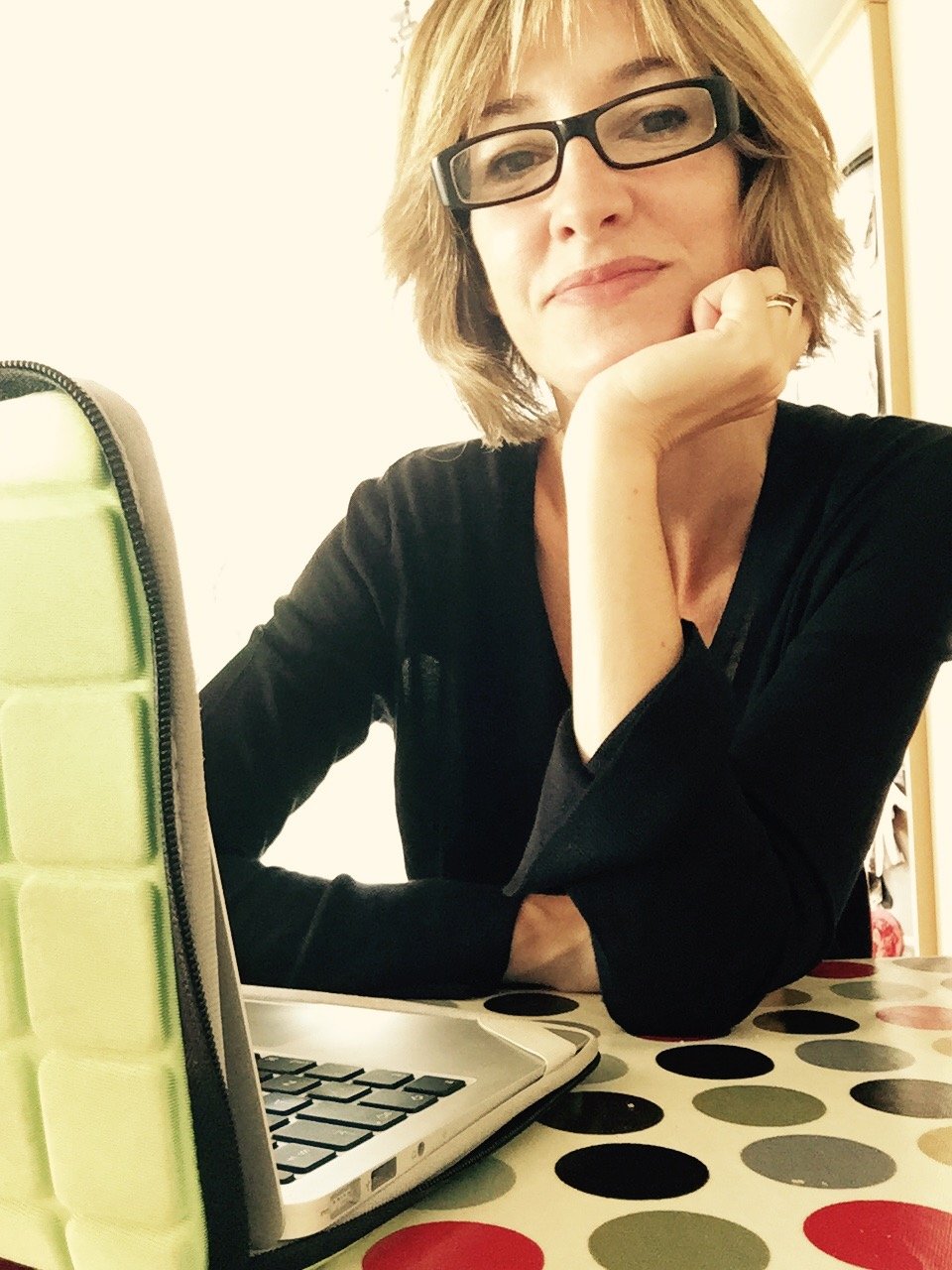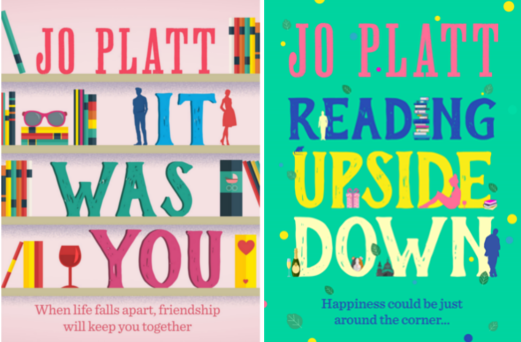
I can’t help noticing that when I tell people that I self-published my first novel, Reading Upside Down, a look of vague pity clouds their expression, the overwhelming assumption being that I must have done so either as a last resort, or because I simply didn't think my writing was good enough to submit to an agency. In fact, neither was the case.
When I began writing Reading Upside Down in 2012, I did so without any thought of publication, either by myself or anyone else. And it was only some time after completion of the manuscript that I began to wonder about the possibility of sharing my work with an audience beyond the small number of friends who had read and, they claimed, enjoyed the book. However, I was completely clueless as to how this might be achieved and consequently turned to a friend, with some experience of the book industry, for guidance. Her advice was simple: I should buy a copy of Writers’ & Artists’ Yearbook, look through the listed agents and make submissions to those I thought were the best fit for my style of writing. I did this and, with fingers crossed, sent off three chapters to a number of agencies. And then I waited. And waited. And then I waited some more. Until, eventually, I received through the post several very politely-worded letters of rejection: thanks, but no thanks, Jo.

The only, rather cold, comfort was that I wasn't at all surprised by the rejections. Because, whilst waiting to hear back from my selected agencies, I had been doing a little bit of online research, as well as chatting with other hopeful authors. And something which had become very clear, very quickly was that the process of finding an agent and then, hopefully, a publisher was, for most writers, an extremely lengthy one. I met a children’s author who had been trying to find a publisher for his picture book for over three years. And the authorly experiences shared online indicated that a five-year, or even ten-year, search was not out of the ordinary. And those were, of course, the authors who had ultimately found an agent and publisher; the vast majority had not.
Having already been rejected by several agencies, and with recently-researched tales of gloom and doom fresh in my mind, I wondered what to do next. As a novice novelist, I wasn't exactly bursting with confidence. Add to this my somewhat impatient nature and I was all too aware that I might have neither the will nor disposition to embark upon a decade-long search to find a literary home for Reading Upside Down. It was then that my husband suggested self-publishing with Amazon, an option into which he had, I discovered, been doing some quiet research on my behalf. After listening to what he had to say, I decided that there was, as far as I could see, no downside to the process. Self-publishing was free, easy, and was something I could do alongside making submissions to agencies, if I wished. And so, just a few weeks later, after asking a friend to design a cover for me, and before I could change my mind, I self-published Reading Upside Down. And, deciding that if I was going to do it, I wasn't going to be half-hearted about it, I threw myself into marketing my book, free of cost, via email and Twitter. After three months, with some very positive Amazon reviews under my belt, I again approached an agency, sending them an email and attaching a link to my eBook. This time, the response was immediate and, to my absolute delight, it wasn't a rejection.
Since then, the rights to Reading Upside Down have sold in six countries and my second novel, It Was You, has also been published in both Europe and the UK. With the help of my agency, Darley Anderson, the route to publication for It Was You was, of course, quite different to Reading Upside Down. But while my second novel was not self-published, it is certainly not something I would ever discount in the future. It can be, if you want to make a success of it, a time-consuming and, at times, an undeniably lonely option – and one which makes me all the more grateful for the support I now enjoy from my agent, editors and publishers. But, for me, self-publishing was also a learning curve, which provided an invaluable insight into the importance and challenges of every aspect of producing a book; from writing, to editing, to cover design and, ultimately, to persuading a sometimes sceptical reader to give you a chance. And as regards the latter, I have no doubt that the process brought me into a closer relationship with, and gave me a greater understanding and appreciation of, my readers than would ever have been the case had my journey towards publication been a more traditional one. Self-publishing was therefore, for me, not an admission of defeat or unworthiness. It was an invaluable experience, borne of pragmatism, impatience and a fear of losing my nerve. And it was a decision which, for obvious reasons, I shall never regret.
Jo Platt was born in Liverpool in 1968 and, via the extremely winding route of rural Wiltshire, London, Seattle and St Albans, is now settled, with a husband and two children, in Bristol.After studying English at King's College London, her first paid employment was as a besuited office worker in a large City institution. After ten years in the City, Jo escaped into motherhood and part-time employment, first as an assistant teacher in a Seattle pre-school and, more latterly, as a Bristol-based secretary.
Her second novel, It Was You, was published in October 2016 by Canelo priced £1.99 as an ebook. Jo is currently working on her third novel. You can follow Jo on Twitter here.
Comments